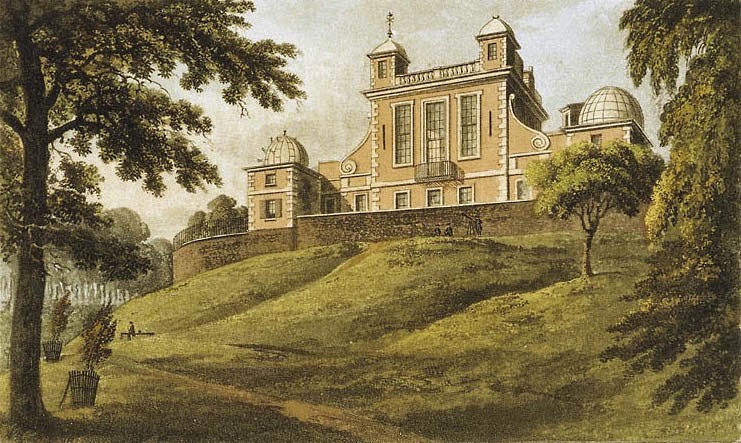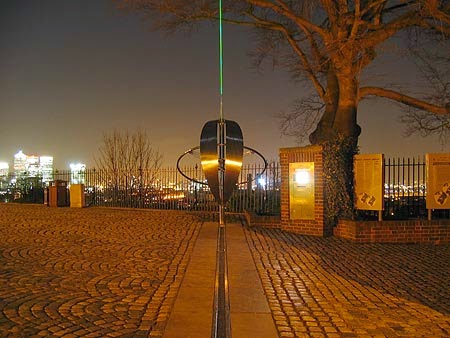During our three days in London, I visited the Royal Observatory in Greenwich, a 30 minute riverboat ride down the Thames River. There are actually three major museums in Greenwich. The other two are the National Maritime Museum and the Cutty Sark Clipper Ship.
 |
| Royal Observatory |
 |
| National Maritime Museum |
 |
| Cutty Sark Museum |
I only had time for the Royal Observatory, a place I have been reading about for many years. My first exposure to Greenwich was as a 12 year old ham radio operator. When communicating with people in many different time zones, the standard time is Greenwich Mean Time.
Construction of the Royal Observatory began in 1675. King Charles II designated John Flamsteed as the first Astronomer Royal whose mission was to "apply himself with the most exact care and diligence to the rectifying of the tables of the motions of the heavens, and the places of the fixed stars, so as to find out the so much desired longitude of places for the perfecting of the art of navigation." The second Astronomer Royal was Edward Halley who is best known for computing the orbit of the comet named after him.
 |
| Royal Observatory aka Flamsteed Building 1824 |
 |
| "I came in with Halley's Comet in 1835. It's coming again next year and I expect to go out with it." Mark Twain, 1909 |
The need for an observatory was primarily about maritime navigation. British ships had this nasty habit of running into unexpected coast lines with considerable loss of lives, ships, and goods because they could not accurately determine their position. Position is determined by knowing both the latitude and longitude. Latitude was straightforward to calculate. Celestial observations could be used to calculate the distance from the equator.
Longitude was a problem. Unlike latitude, there was no natural 0° longitude (the equator is 0° latitude). Furthermore, celestial observations were limited for determining longitude without a reliable way of accurately measuring time.
Harrison clock, made about 1730
Harrison's model H1 clock springs
Unlike a pendulum clock which depended on gravity, this clock was counterbalanced with springs so it was independent of gravity and from rolling waves at sea. I did not see clock models H2 - H5 because they are on display at the Maritime Museum.
In 1884, The International Meridian Conference was held in Washington, D.C. At that conference, the meridian line through the Royal Observatory at Greenwich was selected as the 0° or prime meridian, and has remained so ever since. So now, the Greenwich meridian, along with the 180° meridian on the opposite side of the earth, divides the earth into the western and eastern hemispheres.




Looking Good Eric!
ReplyDelete